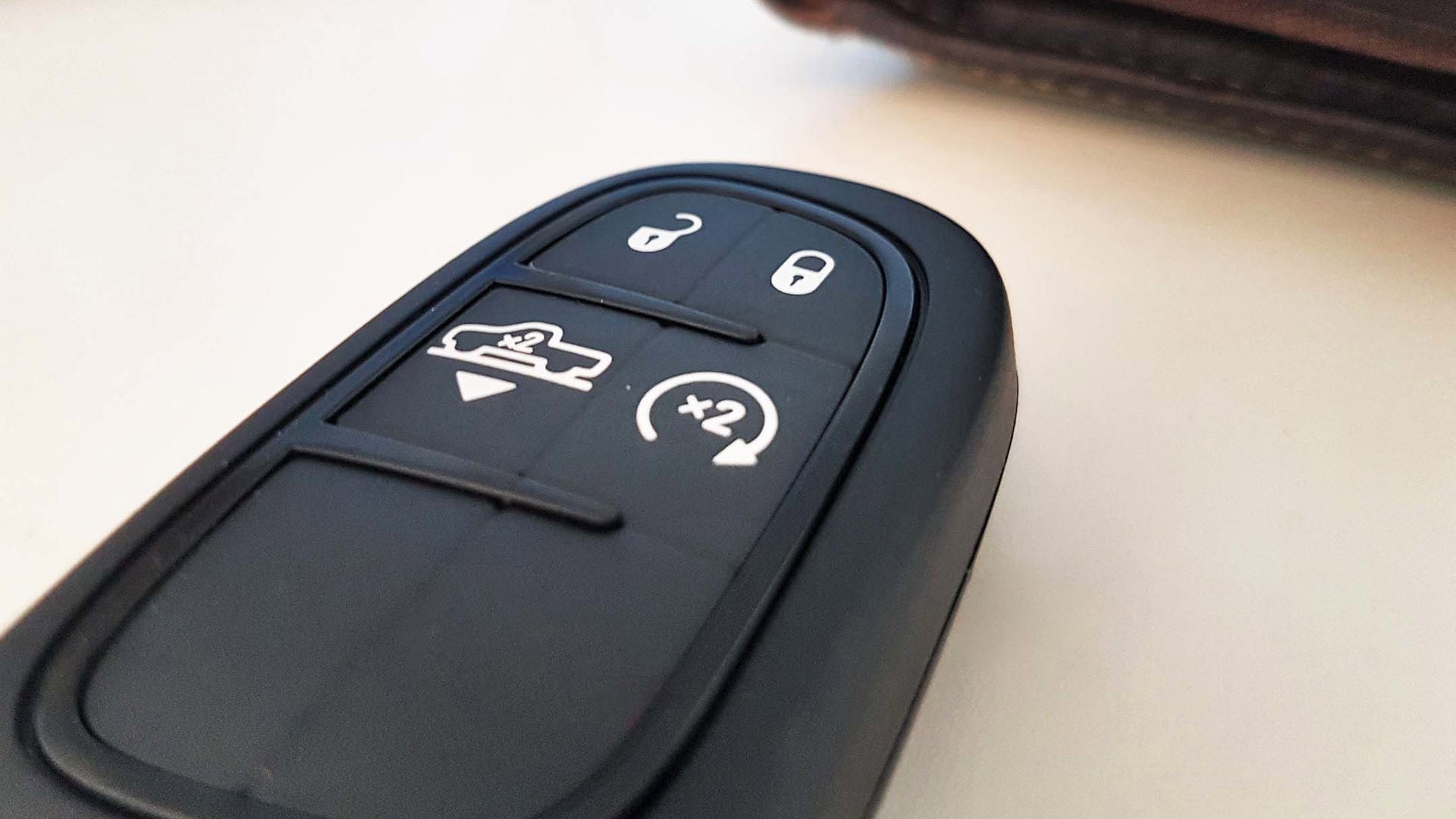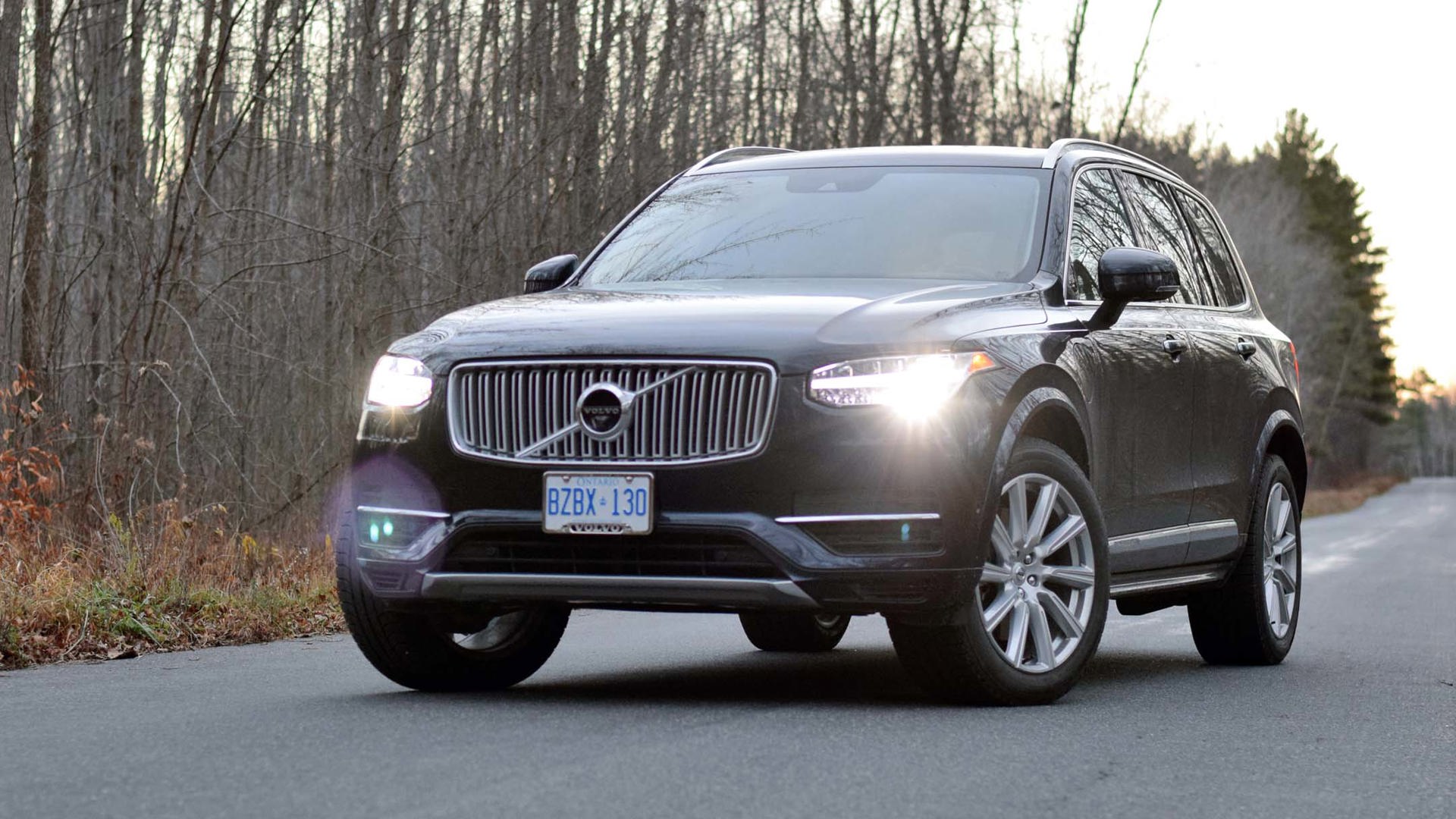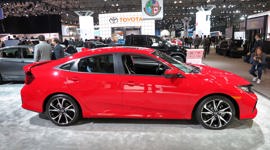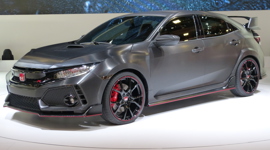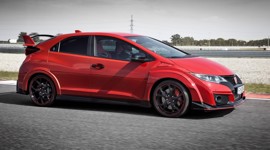Humans like to be warm.
This is why some drivers won’t scrape the ice from their frozen windshield on a cold morning for all the tea in China. It’s why some would rather eat a lit road flare than spend the first 10 minutes of their commute in a cold car. It’s why some drivers have no issue running outside in a carelessly tied bathrobe at 25 below for a little pre-shower pre-heating of their vehicle at 5:30 am (okay, not many, but some).
This is all, also, why remote starters exist. Today, since more and more shoppers are demanding the ability to pre-heat (or pre-cool) their rides before getting in, more vehicles than ever are rolling out of the factory with remote starters installed.
It’s weird – governments require automakers to stick to strict emissions requirements, but allow them to install equipment that’s literally designed to let cars idle for minutes on end.
In any case, if you’re a Canadian driving a modern vehicle, there’s a good chance it has a remote start system that you love using very much.
We’ve crunched some numbers to help put a dollar figure on what your remote start system cost you in fuel this winter. The calculations were made possible by our pals at Natural Resources Canada (NRCan), who have a wealth of publicly available information on fuel economy and emissions for virtually all vehicles sold in Canada.
Variables and Assumptions
To generate the figures below, we’ve made some assumptions.
First, we’re assuming the price of fuel was $1.25 a litre (13 percent extra, or $1.41 for premium, high-octane fuel), and defining “winter” as the four-month span from mid-November to mid-March, inclusive, or about 122 days. We’re also assuming that remote start users fall into one of three categories: light users, average users, and heavy users – defined as 175, 350, or 500 minutes of use per month (details follow).
These figures are loosely based on a non-scientific survey in which the “average” user claimed to pre-heat their ride via remote start for seven to eight minutes before driving, twice a day, on most days.
There are many, many variables. Parents of newborns may remote start their vehicles for upwards of 20 minutes, ensuring the entire cabin is fully heated before baby gets on board. Others only use their remote start below a certain temperature, or if the vehicle is covered in snow and ice. Others avoid remote start use at all, or only use it when they “remember they have it.”
In any case, your results will vary, but we’ll look at what we consider to be a fairly average case for the daily-commuter driver in a cold climate, in the following vehicles, below. We’ll also look at the costs for light use, and heavy use, in the same vehicles.
Just note that figures are based on engine displacement, so they’re generally cross-comparable between vehicles of the same engine size. The relationship between costs and engine size is linear: for instance, an engine with twice the displacement will use roughly twice the fuel, and run roughly twice the cost.
Oh, and if you’re mathy, the magic number behind all of this is simple: 0.01. That number is the litres of fuel consumed per minute, per litre of engine displacement, of an idling engine. Thus, a 2.0L engine would use 0.02 L per minute; a 3.5L engine would use 0.035 L per minute.
So, onward to see the remote start costs of eight different vehicles in three different scenarios.
Light Remote Start User
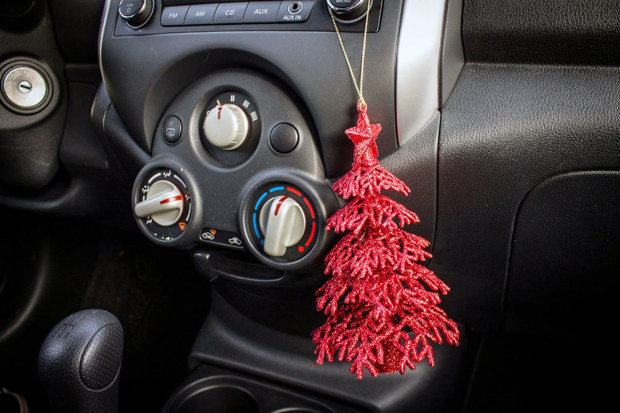
If you’re a lighter user of remote start, this list may be representative of what your remote starter cost you this winter.
The Calculation
Seven minutes of remote start use per day, over 25 days per month, equals 175 minutes per month. In our four-month span, that’s 700 minutes of remote start use, or just under 12 hours. In equation form:
Cost = $1.25 * 700 minutes * 0.01 L / minute * [engine displacement (L)]
|
Vehicle (Engine Displacement) |
Fuel Cost |
|---|---|
|
Honda Civic (1.5L) |
$13.13 |
|
Hyundai Santa Fe (2.0L) |
$17.50 |
|
Subaru Forester (2.5L) |
$21.88 |
|
Toyota Highlander (3.5L) |
$30.63 |
|
BMW 550i (4.4L, premium) |
$43.51 |
|
Ford F-150 (5.0L) |
$43.75 |
|
Dodge Ram (5.7L) |
$49.88 |
|
Jeep Grand Cherokee SRT8 (6.4L, premium) |
$63.28 |
Average Remote Start User
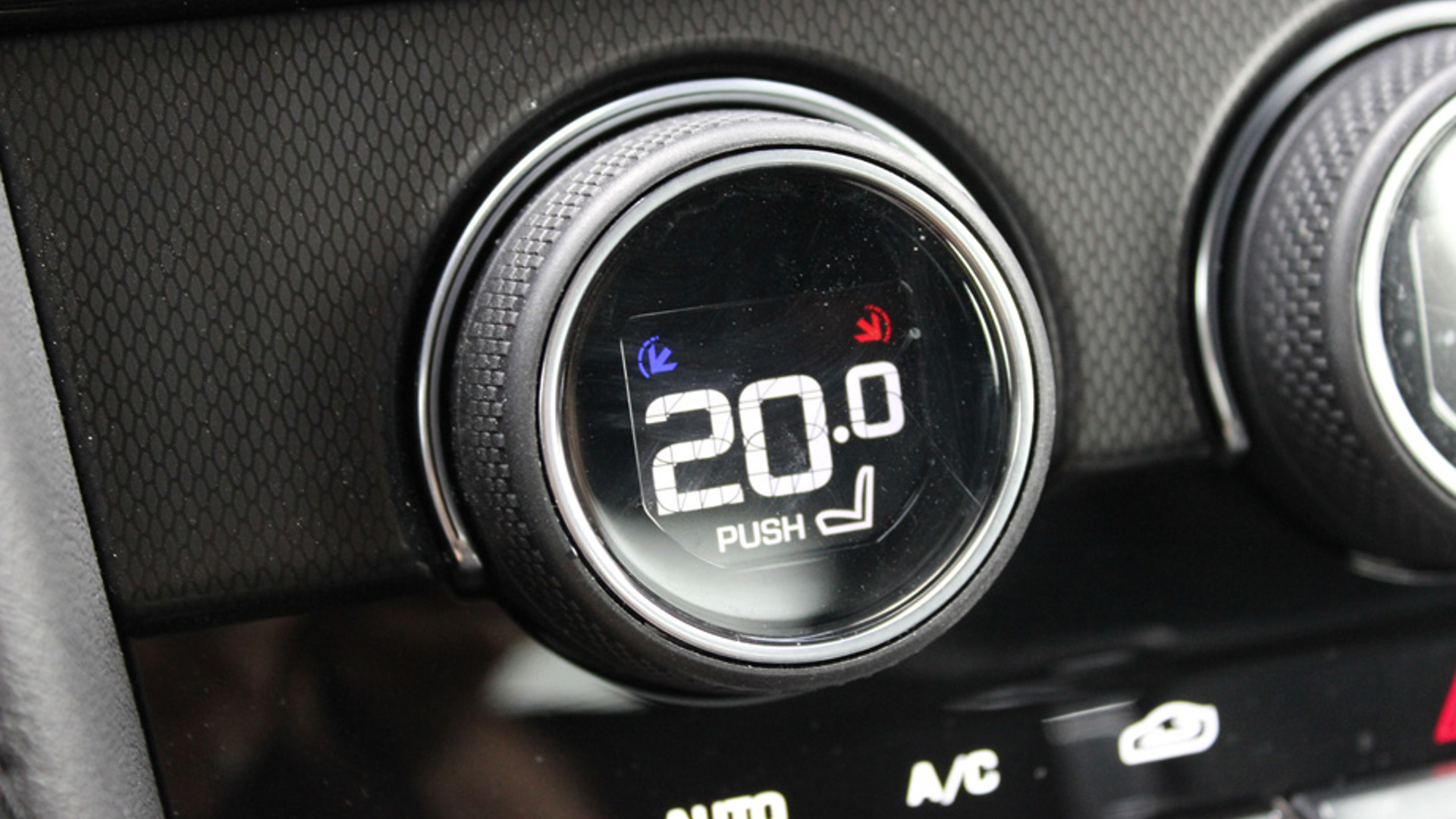
This is our baseline, and what we figure amounts to an average amount of remote start use for many Canadians during a normal winter.
The Calculation
Fourteen minutes of remote start use, for 25 days per month, gives 350 minutes. Over our four-month winter, that’s 1,400 minutes, or nearly one full day (23.33 hours) of remote start idling.
Cost = $1.25 * 1400 minutes * 0.01 L / minute * [engine displacement (L)]
|
Vehicle (Engine Displacement) |
Fuel Cost |
|---|---|
|
Honda Civic (1.5L) |
$26.25 |
|
Hyundai Santa Fe (2.0L) |
$35.00 |
|
Subaru Forester (2.5L) |
$43.75 |
|
Toyota Highlander (3.5L) |
$61.25 |
|
BMW 550i (4.4L, premium) |
$87.01 |
|
Ford F-150 (5.0L) |
$87.50 |
|
Dodge Ram (5.7L) |
$99.75 |
|
Jeep Grand Cherokee SRT8 (6.4L, premium) |
$126.56 |
Heavy Remote Start User
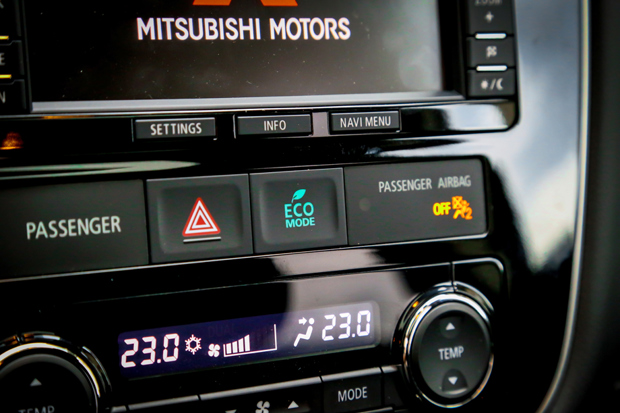
If you’re a parent to a newborn, really really hate being cold, or if you’re rocking a company car with someone else paying for the gas, this list may be representative of your remote start fuel costs this past winter. Heavy remote start users of some models below will actually burn over a full tank of fuel in our four-month winter, just to run their remote start system.
The Calculation
Twenty minutes of remote start use per day, 25 days per month. Over our four-month winter, this adds up to over 33 hours of idling.
Cost = $1.25 * 2000 minutes * 0.01 L / minute * [engine displacement (L)]
|
Vehicle (Engine Displacement) |
Fuel Cost |
|---|---|
|
Honda Civic (1.5L) |
$37.50 |
|
Hyundai Santa Fe (2.0L) |
$50.00 |
|
Subaru Forester (2.5L) |
$62.50 |
|
Toyota Highlander (3.5L) |
$87.50 |
|
BMW 550i (4.4L, premium) |
$124.30 |
|
Ford F-150 (5.0L) |
$125.00 |
|
Dodge Ram (5.7L) |
$142.50 |
|
Jeep Grand Cherokee SRT8 (6.4L, premium) |
$180.80 |
Additional Fun with Mathematics
The Honda Civic has a 46.9 L fuel tank, which costs $58.63 to fill (at $1.25/L). It would take over 52 hours to burn a full tank of fuel while idling.
A Grand Cherokee SRT8 has a 93.1 litre fuel tank, and could idle for about 24 hours before empty.
With an 8.4-litre V10, the Dodge Viper has the largest-displacement engine on the road. If you happen to drive one of these in the winter (you don’t), and happen to be a heavy remote start user, you’d burn through about $240 worth of premium unleaded over the course of our four-month winter.
If you use your remote start in the summertime to pre-cool the cabin, add about 50 percent to the figures above, to determine your total remote start fuel costs over the course of a year.
